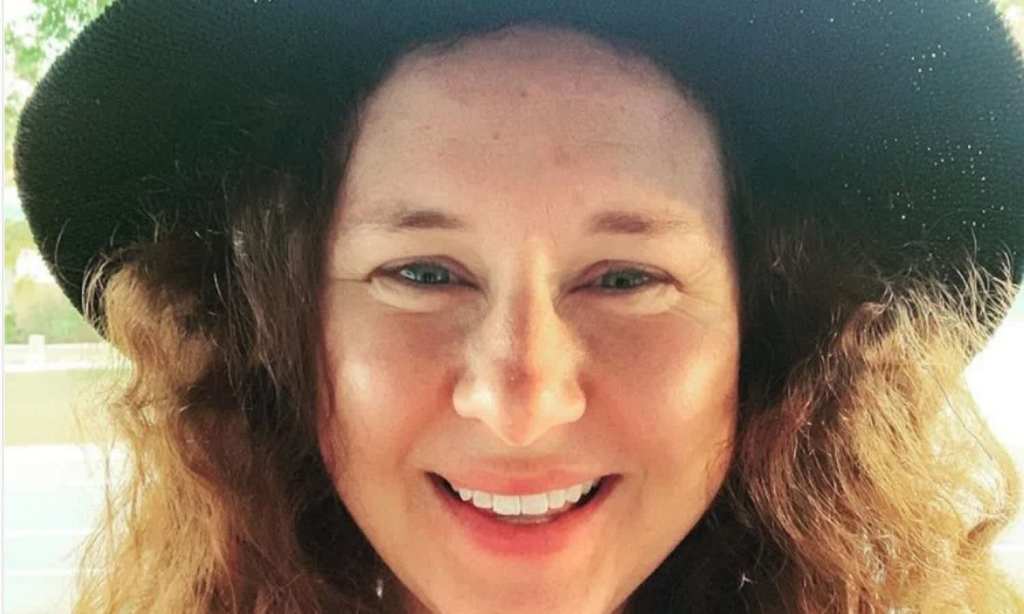Mel Buttle’s fans and fellow castmates were saddened when the comedian announced she had decided to exit the “jungle” during the fourth episode of I’m a Celebrity…Get Me Out of Here!.
Buttle, who had been appearing to struggle with anxiety for the past few days, reached her breaking point when competitor Pettifleur Berenger alerted the cast to the presence of a blue-bellied black snake near the camp.
The former Great Australian Bake-Off host was visibly shaken and her attempts to soothe herself were unsuccessful resulting in her decision to leave the competition.
“I have a huge phobia of snakes. It’s not just a fear, I have a massive phobia and it’s a really bad, bad phobia. I’m not even afraid they’re going to bite me, it’s not that, it’s the image of them, even a photo of them,” Buttle explained to her fellow campers.
Speaking to the camera, the comedian explained that her phobia is so severe that it has previously played into her travel plans. “I almost didn’t take a comedy tour to India because of it. It’s everything,” she said.
Buttle is not alone in her fear of the slithering reptiles, it is estimated that about a third of human adults suffer from an intense fear of snakes (ophidiophobia) making it the most commonly reported phobia in the world.
A person with mild ophidiophobia may only fear encountering large or venomous snakes while another with a more severe affliction, like Buttle, will likely be afraid of smaller snakes as well. Photographs, videos or even thoughts of the critters could be enough to trigger a reaction in these cases.
It is believed by some researchers that ophidiophobia is an evolutionary measure inherited from our ancestors to ensure our survival. However, there is also plenty of evidence to suggest that this particular phobia is learned.
The most common phobias in the world, aside from snakes are Arachnophobia (fear of spiders), Acrophobia (fear of heights), Agoraphobia (fear of open spaces), Pteromerhanophobia (fear of flying), Claustrophobia (fear of enclosed spaces), Cynophobia (fear of dogs), Astraphobia (fear of storms), Entomophobia (fear of insects), Trypanophobia (fear of needles) with social phobias also being among the most common.
As someone who suffers from Coulrophobia (fear of clowns), I am incredulous that it did not make this list.
Some lesser-known phobias include alektorophobia (fear of chickens), onomatophobia (fear of names), pogonophobia (fear of beards) nephophobia (fear of clouds) and cryophobia (fear of ice or cold).
When it comes to managing phobias, the process varies and can be tricky but it’s always worthwhile seeking professional help if you suffer from a phobia that is impacting or restricting your day-to-day life.
A range of options is available to those who do seek treatment ranging from medication, cognitive behavioural therapy, talk therapy and exposure therapy.
The important thing to remember is that there is absolutely no shame in having one or many phobias and that you are not alone. Now, please excuse me while I write an impassioned email to McDonald’s explaining, once again, how I feel personally attacked by their company mascot.
Read more stories from The Latch and follow us on Facebook.

